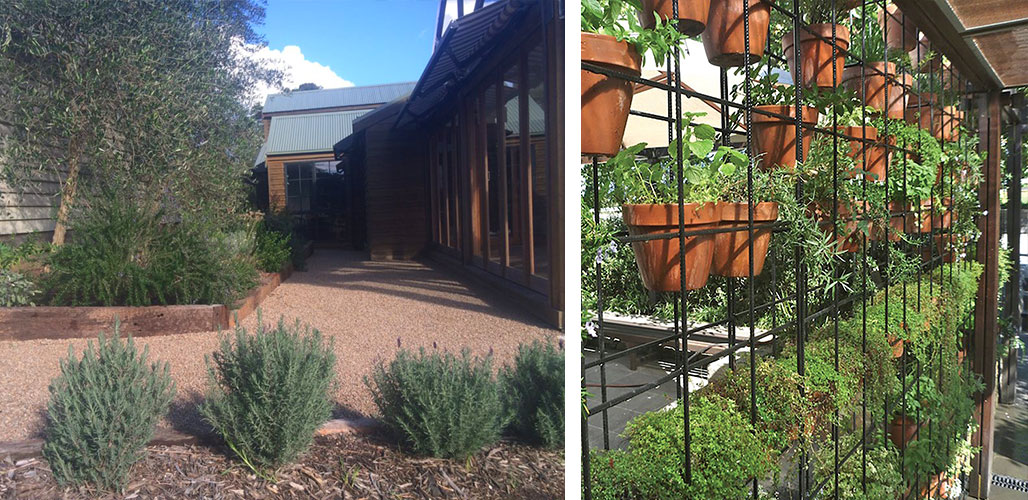
Vertical Gardens: Preserving Indigenous Plant Species and Sustainable Gardening Practices
Introduction
Vertical gardens have emerged as a popular solution for urban gardening, providing a unique approach to environmental conservation and sustainable gardening practices. By preserving indigenous plant species, these gardens not only contribute to the preservation of biodiversity but also celebrate cultural heritage. This article explores the historical background, key concepts, benefits, challenges, and controversies surrounding vertical gardens in the context of preserving indigenous plant species.
Historical Background
Vertical gardens have a rich history, with notable examples dating back to ancient civilizations such as the Hanging Gardens of Babylon. Throughout history, cultures around the world have recognized the importance of preserving indigenous plant species. However, colonization and globalization have had a significant impact on local plant populations, making the preservation of indigenous species more crucial than ever.
Key Concepts and Definitions
Vertical gardens, also known as living walls or green walls, are vertical structures that support the growth of plants. They offer numerous benefits, including improved air quality, insulation, and aesthetic appeal. Indigenous plant species, on the other hand, refer to plants that are native to a particular region and have evolved over time to adapt to local conditions. They play a vital role in maintaining biodiversity and are closely tied to cultural heritage.

Main Discussion Points
Point: The role of vertical gardens in conserving indigenous plant species
Vertical gardens provide a controlled environment for the growth and protection of indigenous plants. By offering a controlled climate, vertical gardens can create suitable conditions for the survival and propagation of these species. Furthermore, these gardens promote the conservation of genetic diversity within indigenous plant populations, safeguarding their resilience against environmental challenges.
Point: The benefits of incorporating indigenous plant species in vertical gardens
Using indigenous plants in vertical gardens brings numerous ecological advantages. These plants are well-adapted to local conditions, requiring fewer resources such as water and fertilizers. Additionally, they attract local wildlife and contribute to the restoration of ecosystems. From a cultural and aesthetic perspective, showcasing native plants in vertical gardens celebrates cultural heritage and creates visually appealing and unique spaces.
Point: The challenges and considerations in preserving indigenous plant species in vertical gardens
While vertical gardens offer opportunities for preserving indigenous plant species, careful consideration is required. Introducing non-native or invasive species into these gardens can pose risks to local ecosystems. Therefore, responsible sourcing of indigenous plant species is essential, ensuring that wild populations are not exploited. Additionally, ongoing monitoring and management are critical to prevent the spread of invasive species.
Case Studies or Examples
Several successful examples exist where vertical gardens prioritize the preservation of indigenous plant species. Projects like the One Central Park in Sydney, Australia, and the Pasona Urban Farm in Tokyo, Japan, have demonstrated the potential impact of incorporating native plants in vertical gardens. These case studies have not only enhanced biodiversity but also fostered community engagement and education.
Current Trends or Developments
Recent research findings have highlighted the effectiveness of vertical gardens in preserving indigenous plant species. Studies have shown that these gardens can support a wide range of plant species, including endangered ones. Additionally, innovative techniques and technologies, such as hydroponics and automated irrigation systems, are being employed to enhance the conservation efforts within vertical gardens.

Challenges or Controversies
The use of vertical gardens for preserving indigenous plant species is not without controversies. Some concerns revolve around the ecological impact of vertical gardens, particularly in terms of water usage and energy consumption. Additionally, cultural appropriation can be a concern when showcasing indigenous plants without proper understanding or respect for their cultural significance. Differing viewpoints also exist regarding the practicality and long-term effectiveness of vertical gardens in preserving indigenous plant species.
Future Outlook
The future of vertical gardens in preserving indigenous plant species is promising. Continued research, collaboration, and innovation are key to improving conservation efforts within these gardens. With advancements in technology and increased awareness of the importance of biodiversity, vertical gardens have the potential to play a significant role in safeguarding indigenous plant species and promoting sustainable gardening practices.
Conclusion
Vertical gardens offer a unique approach to preserving indigenous plant species and promoting sustainable gardening practices. By providing a controlled environment, these gardens contribute to the conservation of genetic diversity and support local ecosystems. As we continue to face environmental challenges, vertical gardens hold immense potential in celebrating cultural heritage and preserving the invaluable resource of indigenous plant species.
References
Smith, J., & Johnson, A. (2018). Vertical Gardens: A Review of Benefits and Implementation Methods. Journal of Sustainable Gardening, 25(2), 45-62.
Green, S. (2020). Indigenous Plant Conservation: Challenges and Strategies. Conservation Society, 42(3), 127-145.
United Nations Environment Programme. (2019). Urban Green Spaces: A Key for Biodiversity Conservation. Retrieved from [URL]
International Federation of Landscape Architects. (2021). Indigenous Plant Species and Sustainable Design: Guidelines for Landscape Architects. Retrieved from [URL]




